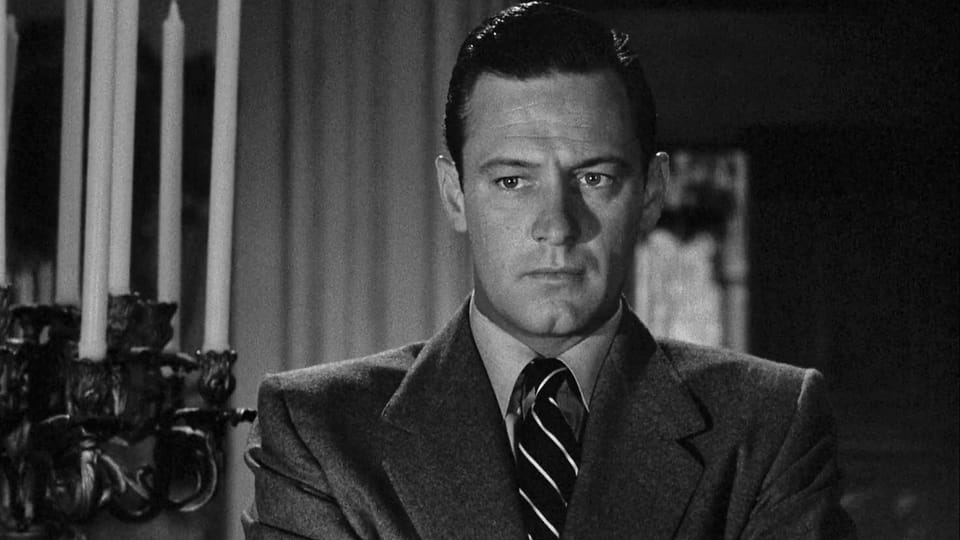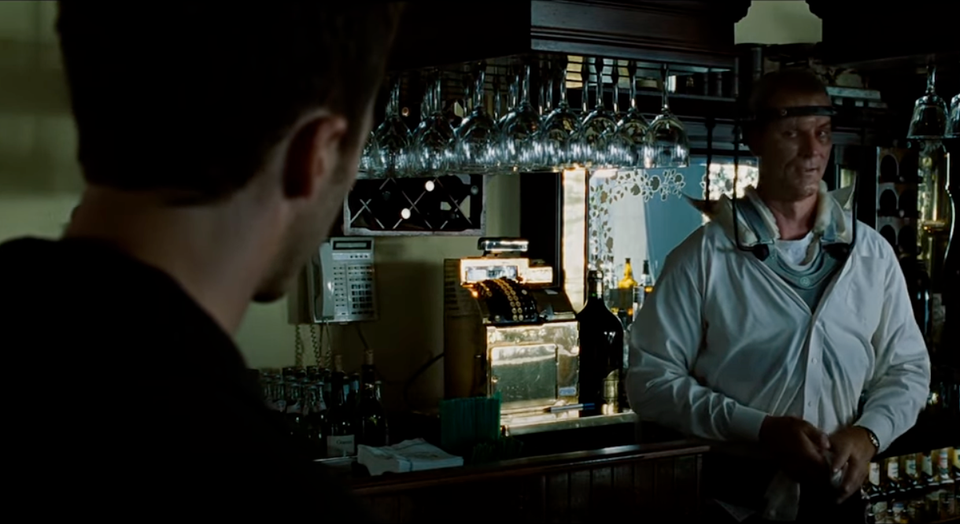You Must Direct On The Page
Let's give a few folks the benefit of the doubt, and maybe they don't understand what they're saying. What they actually mean is, “Don’t use camera angles” and they’re just kind of repeating what they’re told as, "don't direct the script."

The Story and Plot Weekly Email is published every Tuesday morning. Don't miss another one.
This week I want to talk about one of the biggest misconceptions out there. It's one of the worst single bits of bad advice I hear:
It goes something like this:
Don’t direct inside the script.
This is dumb.
This is phenomenally dumb.
It is, honestly, some of the worst conventional wisdom of screenwriting.
Let's give a few folks the benefit of the doubt, and maybe they don't understand what they're saying. What they actually mean is, “Don’t use camera angles,” and they’re just kind of repeating what they’re told as, "Don't direct the script."
Okay. That's true. Don’t use camera angles.
But that’s not because you shouldn’t direct the script. That’s because camera angles are clunky, and they ruin the flow, and they’re akin to someone in the movie theatre screaming, “Medium shot!” Just as the movie cuts to a medium shot.
It’s an awful experience for the audience and, in this case, the reader. So, yes, do not write camera angles.
But you must direct the film.
When the reader is done, you want them to feel like they just saw your movie.
Now who do you think directed that movie?
You did, of course.
And you either did it well, or you did it poorly, but you did it. And if you didn't know you did it, then you probably did it poorly.
Your mission for the screenplay is to evoke the emotional experience of seeing the movie on screen.
Do not envision a three-dimensional world like a novel. Do not imagine giving stage directions to actors like you would in a stage play.
Instead, imagine a finished film.
It is complete, frame by frame, shot by shot. scene by scene. You made deliberate, conscious choices of what is on the screen and what isn’t.
You made choices about what is funny, heartbreaking, sexy, and exhilarating. You made choices on what we see, experience, and focus on through every moment.
And that finished film is being projected up there onto the screen in two dimensions.
You’re in the theatre watching it.
And now your job is to convey the experience of watching this movie to someone who can’t see or hear it.
Think of yourself as the radio play-by-play man covering a sporting event.
And just like the play-by-play man…
- You are describing it as it happens with the immediacy the moment requires.
- You are capturing the emotion of being there and transmitting it to someone else.
- You must be succinct because moments happen quickly, and now it’s the next moment, and now THAT also has to be communicated. (Nothing should take longer to read than the time it takes to happen on screen.)
- Because of this, you EVOKE images rather than take the time to describe them in detail.
- You are not an objective observer. You know who your audience is rooting for. Treat the protagonist like the home team. When good things happen to them, it's awesome. Bad things suck.
- You establish the mood and tone.
- You want to convey your voice and your personality.
- Make people wish they were there themselves.
And sure, you can evoke shots but never describe them (i.e. never mention the camera or the angle.)
But all of this requires that imaginary movie that you directed.
You can't get someone to visualize a movie you haven't visualized yourself first.
So get in that mindset. Make strong, confident choices, and communicate them clearly. Know what emotion you're going for each moment. Know what we're seeing and what we're not.
Moment by moment, by moment.
You are the storyteller. Give the reader the experience of watching this wonderful film, which they will enjoy so much that they will want to share it with others.
Make choices. Be the director.
That's it this week!
Next week, I'll talk about how to evoke camera angles without ever mentioning a camera angle.
Click here to read How To Evoke A Shot List.
It's really quite easy.
See you next week!
I hope so much you get to do shit you love.
Tom
The Story and Plot Weekly Email is published every Tuesday morning. Don't miss another one.
When you're ready, these are ways I can help you:
WORK WITH ME 1:1
1-on-1 Coaching | Screenplay Consultation
TAKE A COURSE
Mastering Structure | Idea To Outline




